Home>Garden Essentials>How Long Do Chia Seeds Last In The Pantry
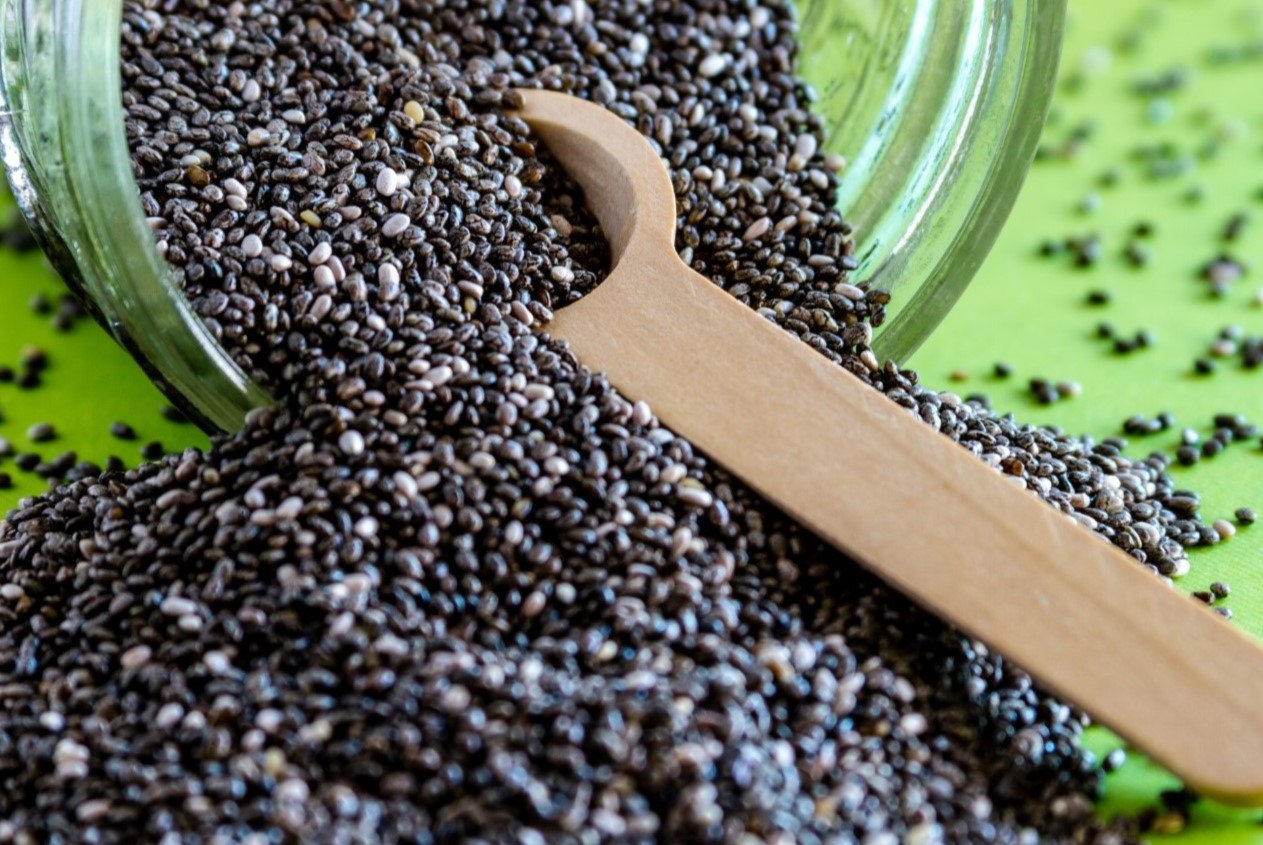

Garden Essentials
How Long Do Chia Seeds Last In The Pantry
Modified: October 20, 2024
Discover the shelf life of chia seeds in your garden pantry and optimize your storage with our helpful guide. Keep your seeds fresh and nutritious for longer!
(Many of the links in this article redirect to a specific reviewed product. Your purchase of these products through affiliate links helps to generate commission for Storables.com, at no extra cost. Learn more)
Introduction
Chia seeds have gained immense popularity in recent years due to their numerous health benefits. These tiny black seeds are packed with omega-3 fatty acids, fiber, protein, and various essential nutrients. They are incredibly versatile and can be incorporated into a wide range of dishes, making them a staple in many kitchens.
However, like all food items, chia seeds have a shelf life, and it’s essential to know how long they can last in order to ensure their freshness and quality. In this article, we will explore the factors affecting the shelf life of chia seeds, proper storage methods, signs of spoilage to look out for, and practical ways to use expired chia seeds.
Understanding the longevity of chia seeds will not only help you make informed purchasing decisions but also minimize food waste and maximize their nutritional value.
So, let’s dive in and discover how long chia seeds can last in your pantry and ways to optimize their shelf life!
Key Takeaways:
- Chia seeds can last 2 to 4 years in the pantry when stored properly, but their texture and flavor may diminish over time. Use fresher seeds for maximum nutritional benefits.
- Expired chia seeds can still be useful! Turn them into flour, add to baked goods, make chia pudding, energy bars, or use as a natural fertilizer for plants.
Factors Affecting the Shelf Life of Chia Seeds
The shelf life of chia seeds can be influenced by various factors. By understanding these factors, you can ensure that your chia seeds remain fresh and retain their nutritional value for as long as possible.
1. Moisture: Chia seeds are highly hydrophilic, meaning they can absorb moisture easily. Excess moisture can cause mold growth and spoil the seeds. It is crucial to store chia seeds in an airtight container to protect them from humidity and moisture.
2. Temperature: Chia seeds are best stored in a cool and dry environment. High temperatures can accelerate the rancidity process and reduce the shelf life of the seeds. Keep chia seeds away from direct sunlight and store them in a cool pantry or cupboard.
3. Light Exposure: Chia seeds contain oils that are susceptible to oxidation when exposed to light. UV rays from sunlight can degrade the quality of the seeds over time. Store chia seeds in a dark container or use opaque packaging to minimize light exposure.
4. Air Exposure: Like any other food, chia seeds can go rancid when exposed to air, especially if not stored properly. Oxygen can lead to oxidation and break down the natural oils present in chia seeds. Use airtight containers or sealable bags to prevent air exposure.
5. Quality of Seeds: The quality of chia seeds at the time of purchase can also affect their shelf life. Ensure that you buy chia seeds from a reputable source to ensure they are fresh and free from contaminants.
By taking these factors into consideration, you can extend the shelf life of your chia seeds and maintain their quality and nutritional benefits for a longer period of time.
Proper Storage of Chia Seeds
Proper storage is crucial to maintain the freshness and quality of chia seeds. By following these guidelines, you can maximize their shelf life and preserve their nutritional value:
1. Use Airtight Containers: Transfer chia seeds from their original packaging to airtight containers or sealable bags. This will prevent air, moisture, and light from reaching the seeds and prolong their shelf life.
2. Store in a Cool and Dark Place: Chia seeds should be stored in a cool and dark environment. Choose a pantry or cupboard away from direct sunlight and heat sources, such as stoves or ovens.
3. Avoid Excess Heat and Moisture: High temperatures and moisture can accelerate the spoilage process of chia seeds. Avoid storing chia seeds near the dishwasher, sink, or any humid areas in the kitchen.
4. Protect From Light: Light can degrade the quality of chia seeds over time due to oxidation. Store them in opaque containers or keep them in a dark pantry to minimize light exposure.
5. Check for Contaminants: Before storing chia seeds, inspect them for any signs of insects, molds, or unusual odors. Discard any seeds that appear moldy or have an off smell.
6. Label and Date: To keep track of the freshness of your chia seeds, label the containers with the purchase date. This will help you determine when it’s time to restock or use the seeds before they expire.
By following these storage guidelines, you can ensure that your chia seeds remain fresh, flavorful, and nutritious for an extended period of time. Remember to always check the seeds for quality before using them in recipes.
Signs of Spoilage in Chia Seeds
Knowing the signs of spoilage in chia seeds is essential to ensure you are consuming fresh and safe seeds. Here are some common signs that indicate chia seeds have gone bad:
1. Mold or Fungus Growth: If you notice any green, white, or black spots on the chia seeds, it is a clear indication of mold or fungus growth. Discard the seeds immediately, as consuming moldy chia seeds can lead to health issues.
2. Off Odor: Fresh chia seeds have a mild, nutty aroma. If you detect any sour, musty, or rancid smell from the seeds, it means they have gone bad. The off odor is a result of the oils in the seeds becoming rancid.
3. Change in Texture and Appearance: Fresh chia seeds have a crunchy texture and a uniform black color. If you notice any clumping, stickiness, or a change in color, such as brownish or grayish tones, it is a sign of spoilage.
4. Bitter Taste: While chia seeds have a slightly nutty flavor, they should not taste bitter. If you taste a bitterness in the seeds, it indicates that they have deteriorated and should not be consumed.
5. Presence of Insects: Insects, such as weevils or moths, can infest chia seeds if not stored properly. If you notice any signs of insect presence, such as tiny holes or crawling bugs, it’s best to discard the seeds.
It’s important to note that chia seeds have a long shelf life, and when stored correctly, they are unlikely to spoil quickly. However, it’s still crucial to check for these signs and use your judgment to determine the freshness and suitability of the seeds for consumption.
Chia seeds can last up to 2 years in the pantry if stored in an airtight container away from heat and sunlight. Check for any signs of spoilage before using.
How Long Can Chia Seeds Last in the Pantry?
Chia seeds have an impressive shelf life when stored properly. On average, chia seeds can last anywhere from 2 to 4 years in the pantry. The longevity of chia seeds largely depends on the quality of the seeds and the storage conditions.
When stored in a cool, dark, and dry place, chia seeds have the potential to maintain their freshness and nutritional value for an extended period of time. However, it’s important to note that as chia seeds age, their texture may become slightly softer, and their flavor may diminish.
To ensure the longevity of chia seeds, it’s best to follow proper storage guidelines. Keep them in airtight containers or sealable bags to protect them from air, moisture, light, and pests. Store them in a cool pantry or cupboard, away from direct sunlight, heat sources, and humidity.
While chia seeds can still be safe to consume after their shelf life, they may have a reduced nutritional profile. As the seeds age, the omega-3 fatty acids and antioxidants may gradually degrade. It’s recommended to use fresher chia seeds for maximum nutritional benefits.
To make the most of your chia seeds, it’s a good practice to label the containers with the purchase date and rotate them regularly. This will help you keep track of their freshness and ensure you use them before they expire. If you’re unsure about the quality or freshness of your chia seeds, it’s always best to err on the side of caution and replace them with a fresh batch.
By understanding the proper storage methods and considering the age of your chia seeds, you can enjoy their nutritional benefits and versatility in your pantry for years to come.
Read more: How Long Do Potatoes Last In Pantry
Tips for Extending the Shelf Life of Chia Seeds
To maximize the shelf life of your chia seeds and ensure they stay fresh and nutritious, here are some helpful tips:
1. Buy Quality Seeds: Purchase chia seeds from a reputable brand or supplier to ensure their quality and freshness. Opt for organic or non-GMO options whenever possible.
2. Store in Airtight Containers: Transfer chia seeds from their original packaging to airtight containers or sealable bags. This prevents air, moisture, and pests from reaching the seeds and helps maintain their freshness.
3. Keep in a Cool and Dark Place: Store chia seeds in a cool pantry or cupboard, away from direct sunlight, heat sources, and humidity. The optimal temperature for storing chia seeds is around 60°F to 70°F (15°C to 21°C).
4. Avoid Exposure to Air: Oxygen can accelerate the oxidation process, causing chia seeds to go rancid. Ensure containers are tightly sealed to minimize air exposure during storage.
5. Minimize Light Exposure: Chia seeds contain oils that are sensitive to light. Store them in opaque containers, or keep them in a dark pantry to prevent degradation due to light exposure.
6. Keep Away from Moisture: Moisture can cause chia seeds to spoil and develop mold. Store them in a dry environment and avoid storing them near the sink, dishwasher, or any humid areas in the kitchen.
7. Rotate and Use Before Expiration: Label containers with the purchase date and rotate older seeds to the front for use first. This will ensure that you consume the oldest seeds before they expire and maintain a fresh supply.
8. Avoid Contaminants: Check chia seeds for any signs of insects, molds, or unusual odors before storing them. Dispose of any contaminated seeds to prevent further spoilage.
By following these tips, you can extend the shelf life of your chia seeds and enjoy their nutritional benefits for a longer period of time. Remember to always use your judgment and discard any chia seeds that show signs of spoilage or have exceeded their expiration date.
Practical Ways to Use Expired Chia Seeds
While it is ideal to use chia seeds within their recommended shelf life, sometimes they may go past their expiration date. However, that doesn’t mean you have to let them go to waste. Expired chia seeds can still be utilized in various practical and creative ways. Here are a few ideas:
1. Ground Chia Flour: Grind the expired chia seeds in a blender or coffee grinder to turn them into chia flour. This flour can be used as a nutritious addition to baked goods, smoothies, or as a thickening agent in soups and stews.
2. Add to Breads and Muffins: Incorporate expired chia seeds into your homemade bread or muffin recipes. They can add a subtle crunch and boost the nutritional content of your baked goods.
3. Make Chia Pudding: Expired chia seeds can still be used to make delicious chia pudding. Simply mix them with your favorite liquid, such as almond milk or coconut milk, and let them soak overnight in the refrigerator. Top with fruits, nuts, or sweeteners for a healthy and satisfying dessert.
4. Create Chia Energy Bars: Blend expired chia seeds with dates, nuts, and other ingredients to make homemade energy bars. These bars are perfect for a quick and nutritious on-the-go snack.
5. Enhance Smoothies: Add expired chia seeds to your smoothies for an extra boost of fiber, protein, and omega-3 fatty acids. They can add thickness and provide additional nutritional value to your favorite blended beverages.
6. Use as a Topping: Sprinkle expired chia seeds on top of yogurt, oatmeal, salads, or roasted vegetables. They can add a crunch and a nutritional punch to your dishes.
7. Create Chia Water: Soak expired chia seeds in water until they form a gel-like consistency. Use this chia water as a vegan egg substitute in baking recipes or as a thickener in sauces and dressings.
8. Feed to Plants: Don’t forget that chia seeds are rich in nutrients. Instead of throwing them away, you can use expired chia seeds as a natural fertilizer for your plants. Simply sprinkle them on the soil to provide a nutrient boost.
Remember to use your discretion when using expired chia seeds. If the seeds have a strong off odor or show signs of spoilage, it is best to discard them. However, if they are still relatively fresh and meet your quality standards, don’t hesitate to get creative and find practical ways to incorporate them into your meals and snacks.
Conclusion
Chia seeds are a nutritious and versatile ingredient that can be enjoyed in a variety of ways. Understanding their shelf life and proper storage methods is key to ensuring their freshness and maximizing their nutritional benefits. By following the tips outlined in this article, you can extend the shelf life of chia seeds and make the most of their health-promoting properties.
Factors such as moisture, temperature, light exposure, air exposure, and seed quality can affect the longevity of chia seeds. Storing them in airtight containers, in a cool and dark place, and away from excess heat, moisture, light, and air will help maintain their freshness for a longer period of time.
Signs of spoilage in chia seeds include mold or fungus growth, off odor, changes in texture or appearance, bitter taste, or the presence of insects. It’s important to inspect the seeds for these signs before consuming them to ensure your safety and enjoyment.
Chia seeds can generally last 2 to 4 years in the pantry when stored properly. However, their texture and flavor may deteriorate over time. Using fresher chia seeds will ensure you benefit from their optimal nutritional profile.
If you have chia seeds that have expired, don’t let them go to waste. Expired chia seeds can still be used in practical ways such as grinding them into flour, incorporating them into baked goods, making chia pudding or energy bars, adding them to smoothies or as a topping, using them as a vegan egg substitute, or even feeding them to plants as a natural fertilizer.
In conclusion, with proper storage, vigilance for signs of spoilage, and a bit of creativity, you can enjoy the benefits of chia seeds for an extended period of time. So stock up on these nutritious seeds, store them correctly, and explore the many delicious ways to incorporate them into your diet!
Frequently Asked Questions about How Long Do Chia Seeds Last In The Pantry
Was this page helpful?
At Storables.com, we guarantee accurate and reliable information. Our content, validated by Expert Board Contributors, is crafted following stringent Editorial Policies. We're committed to providing you with well-researched, expert-backed insights for all your informational needs.
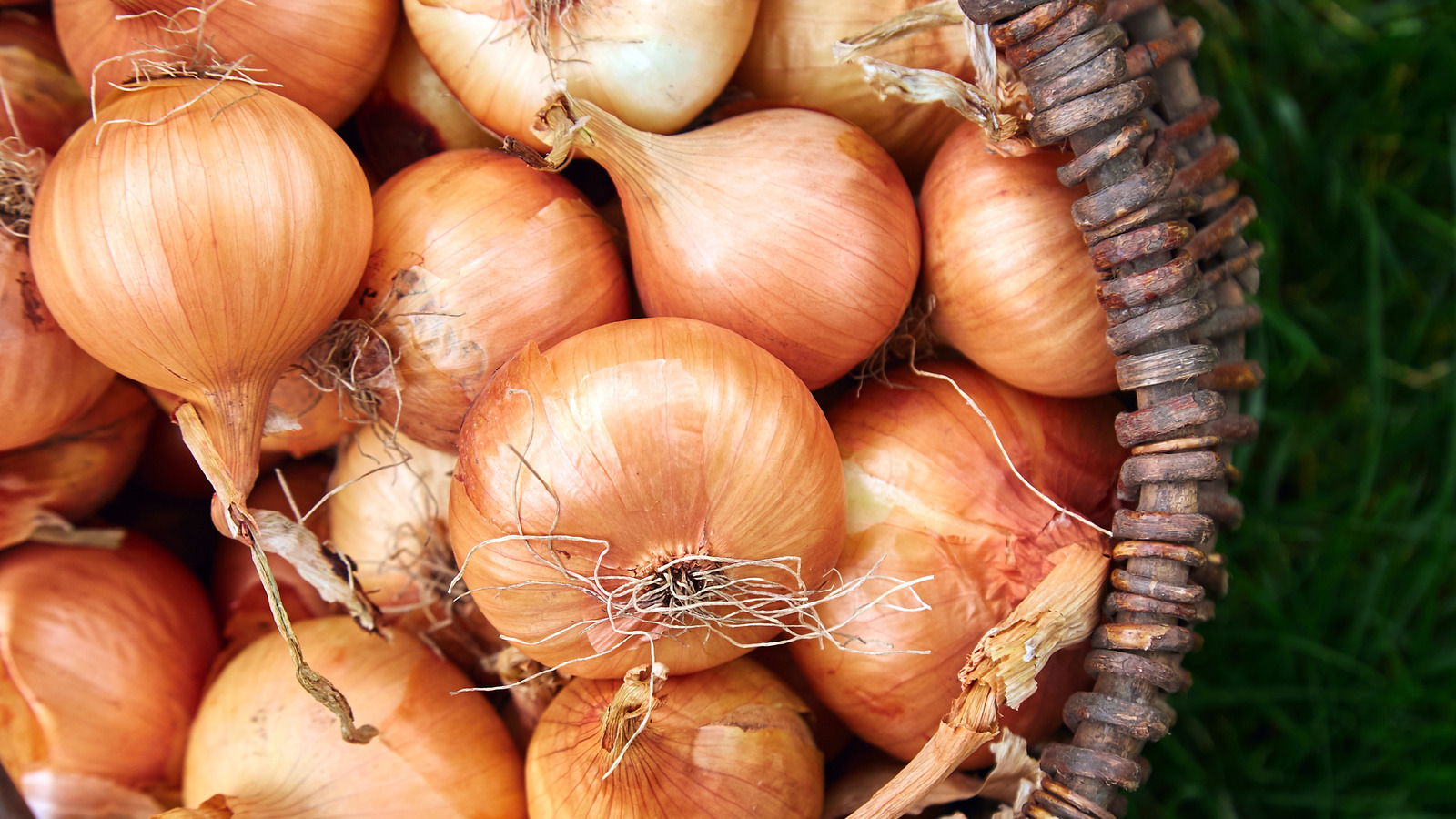
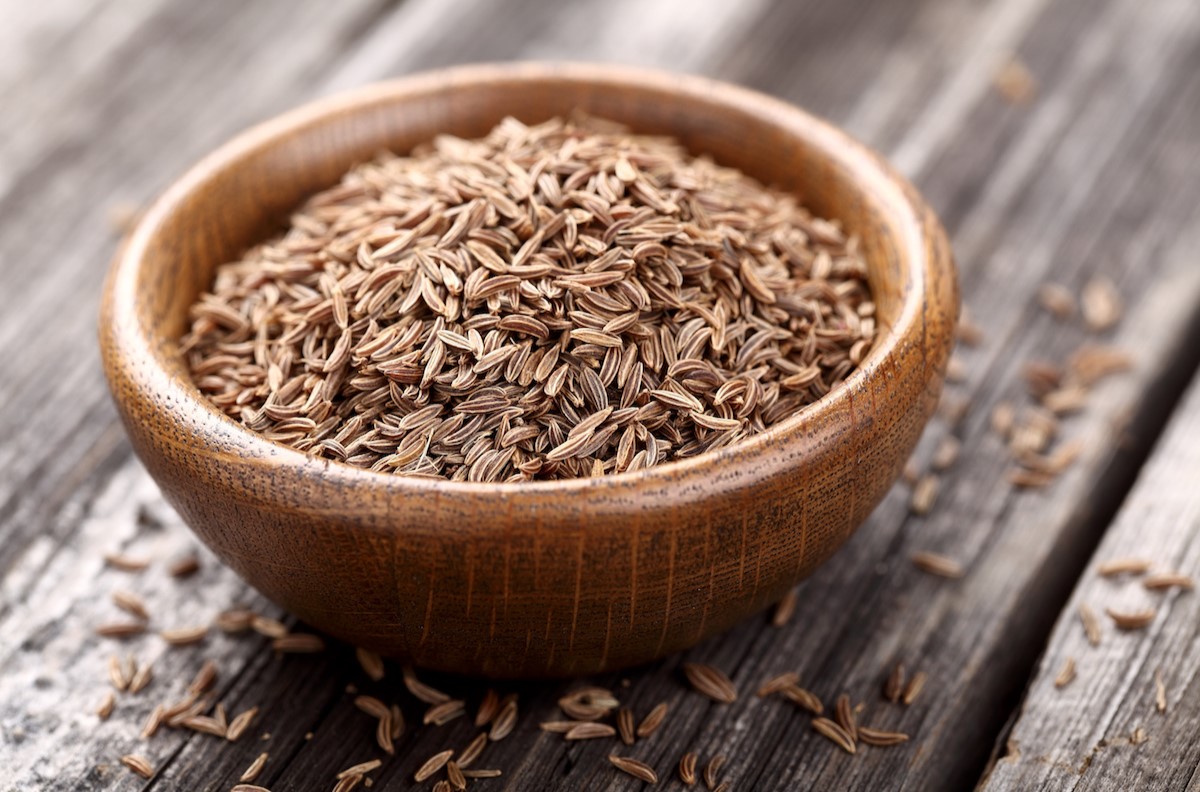
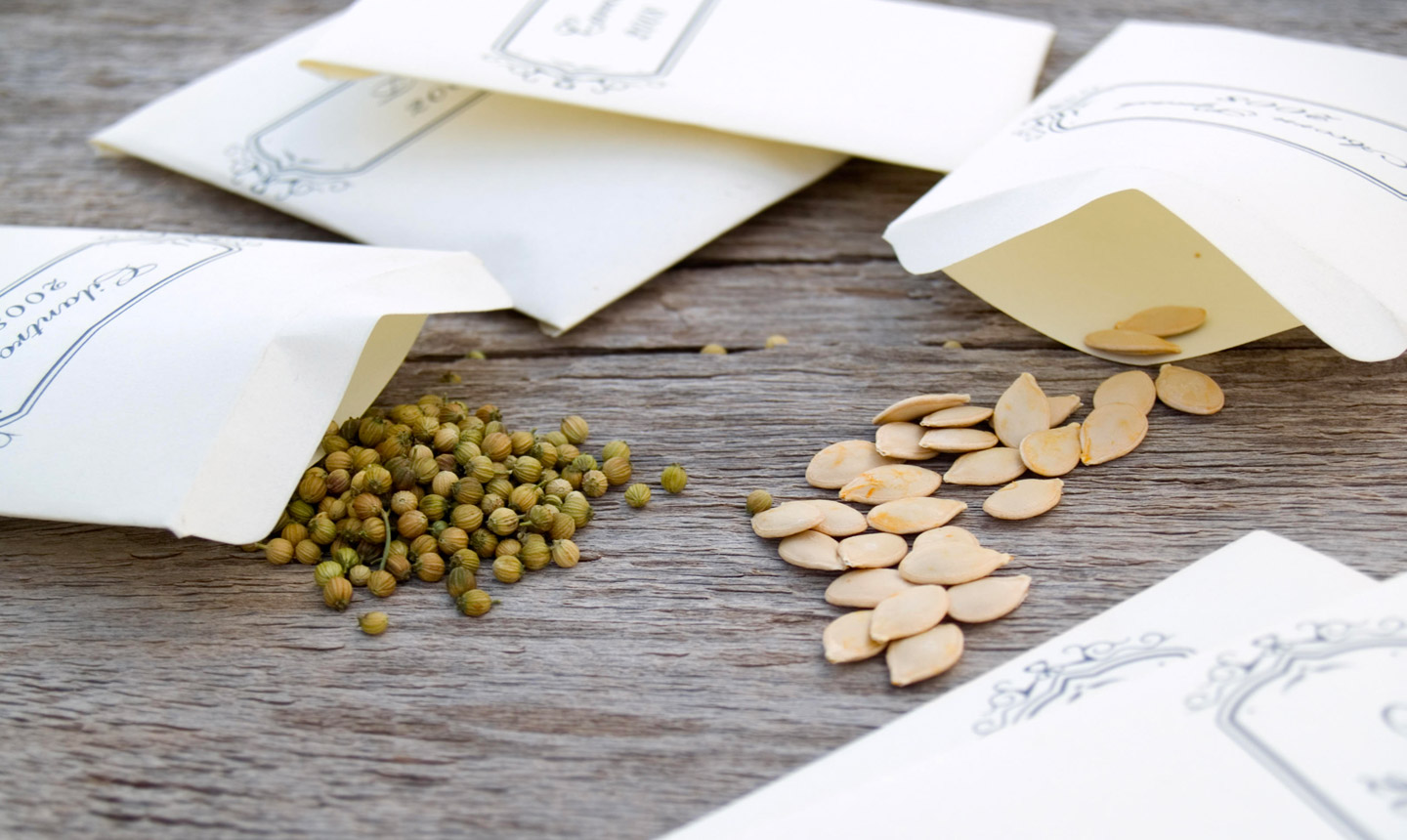
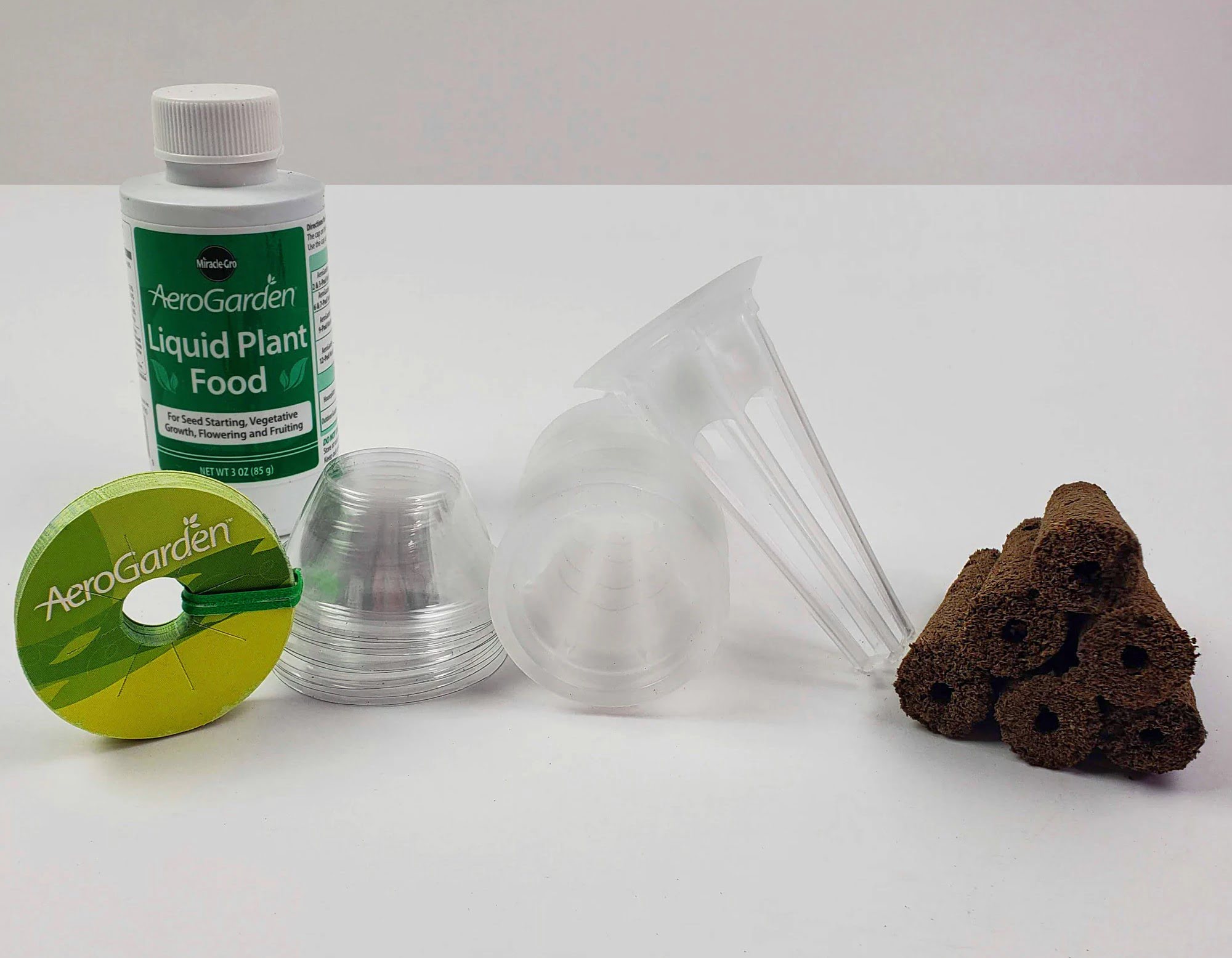
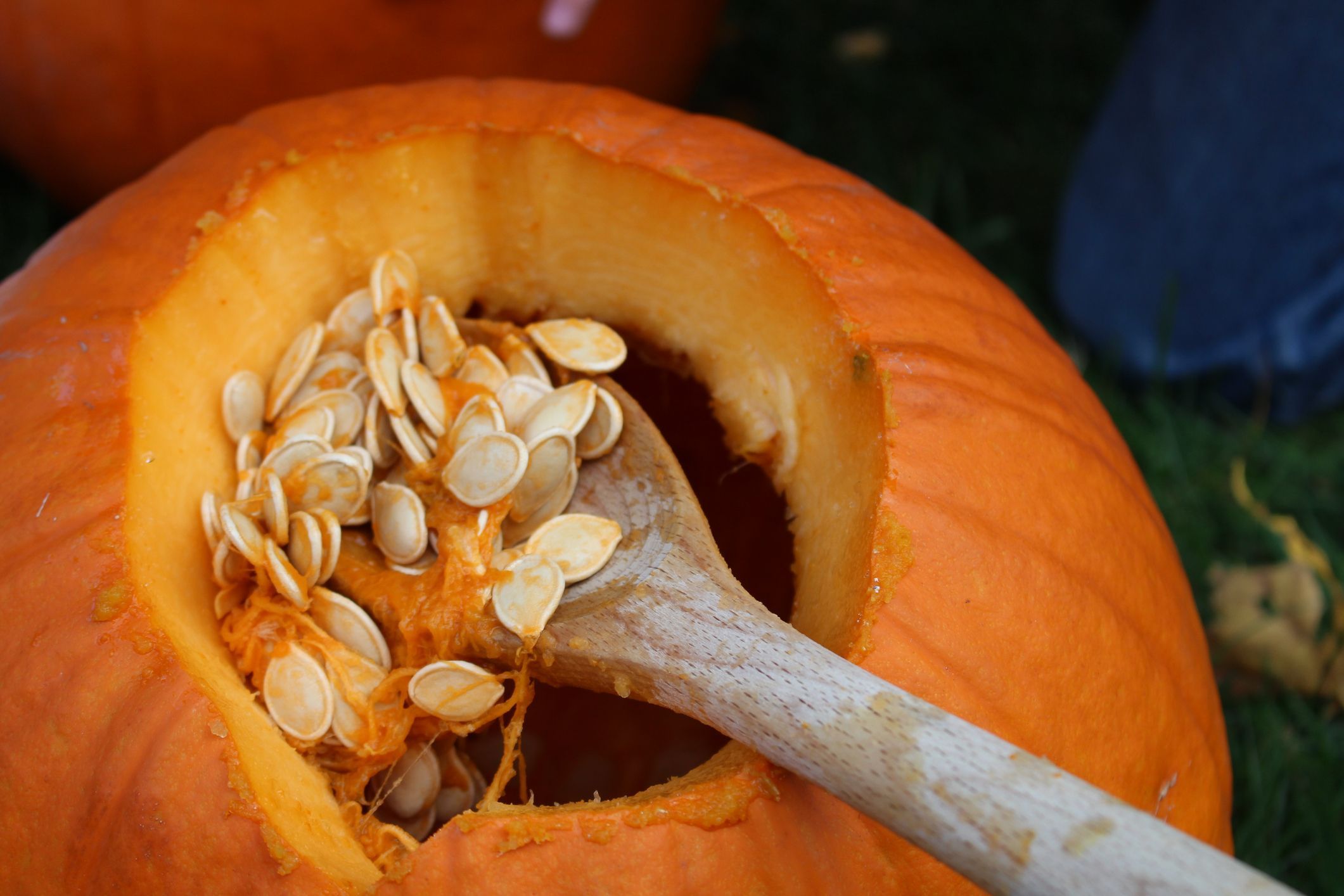
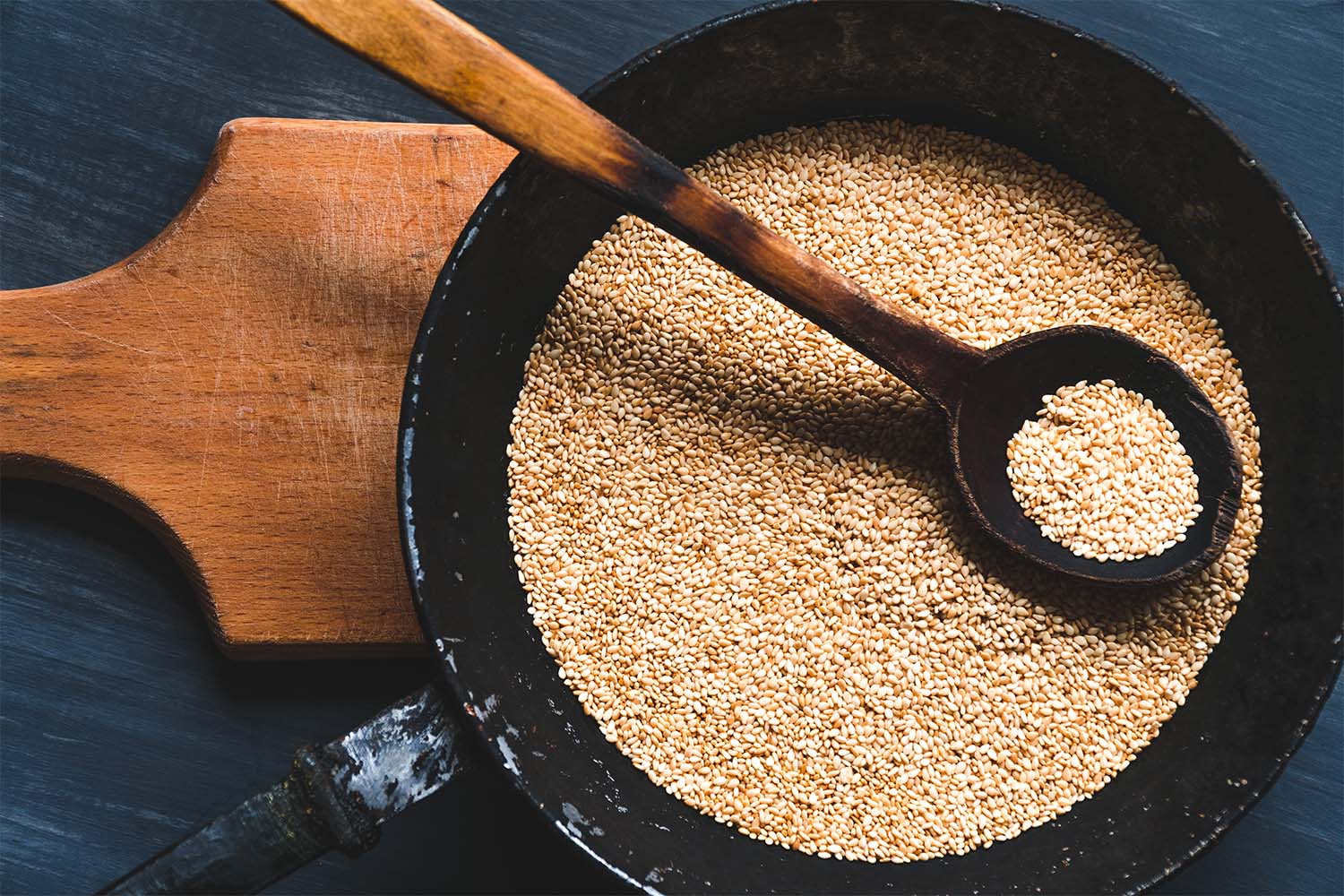
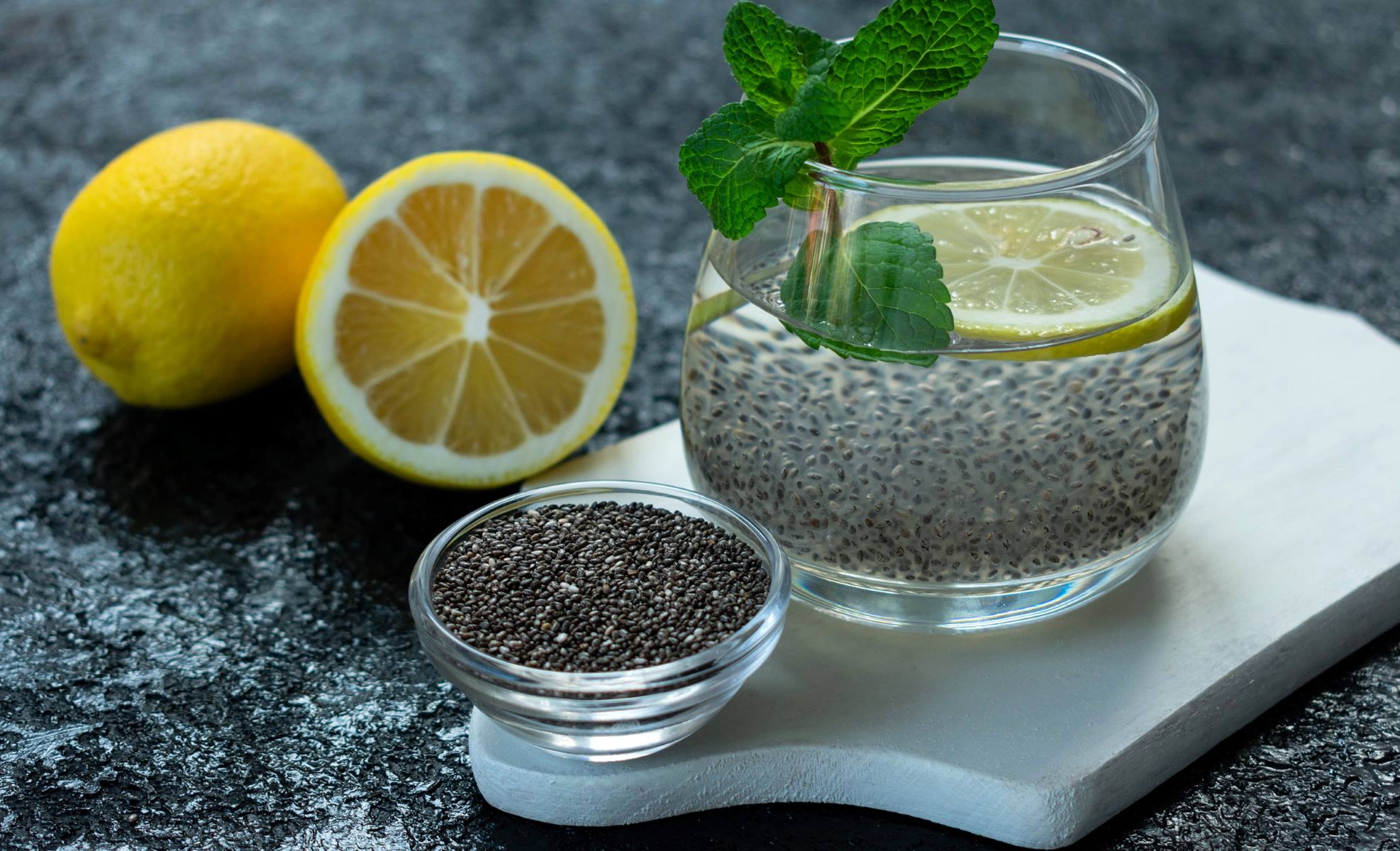
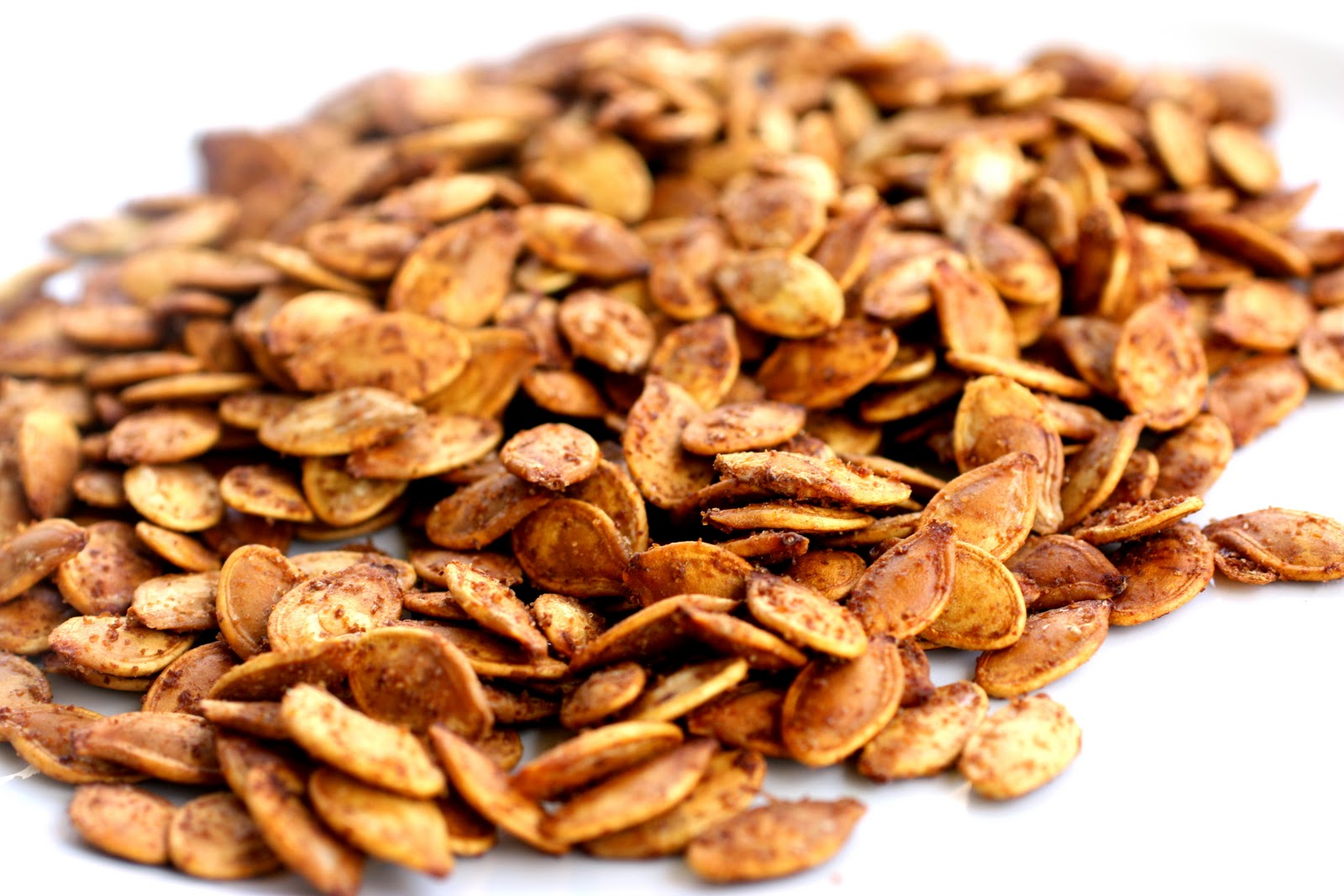
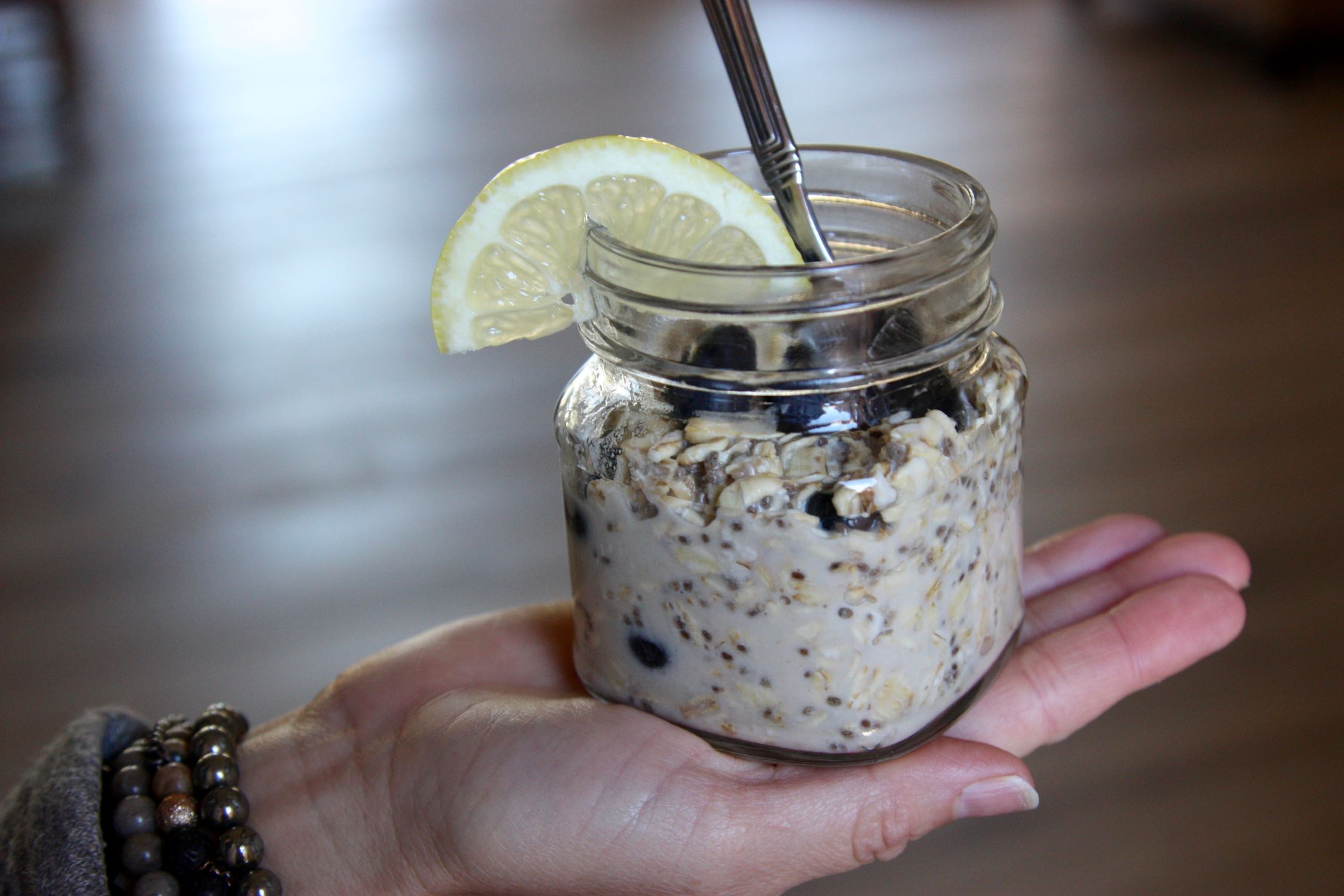
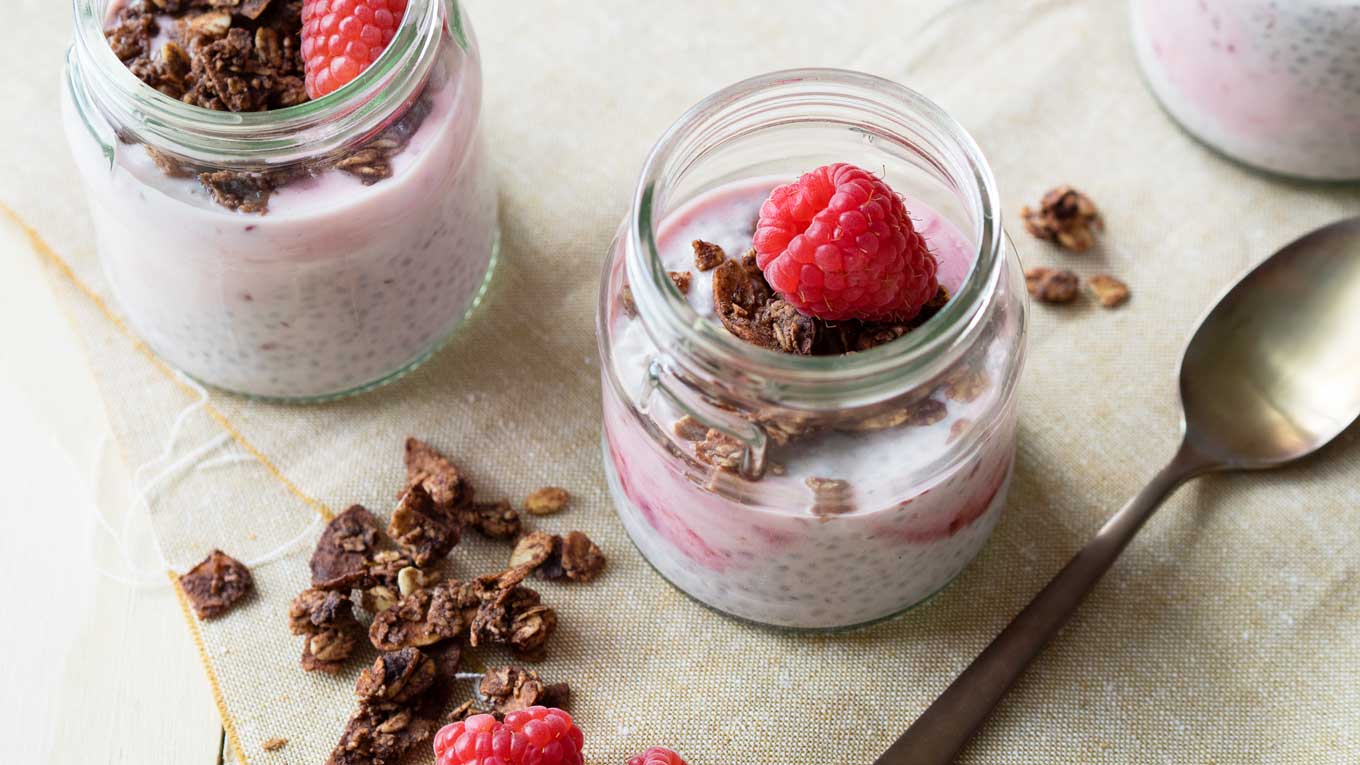
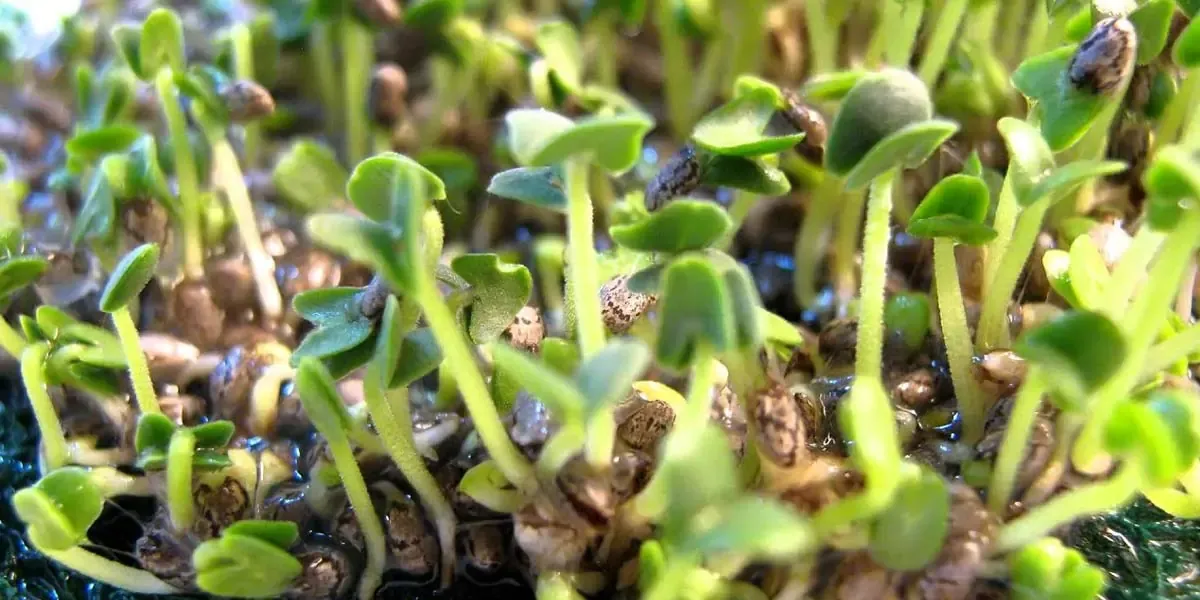
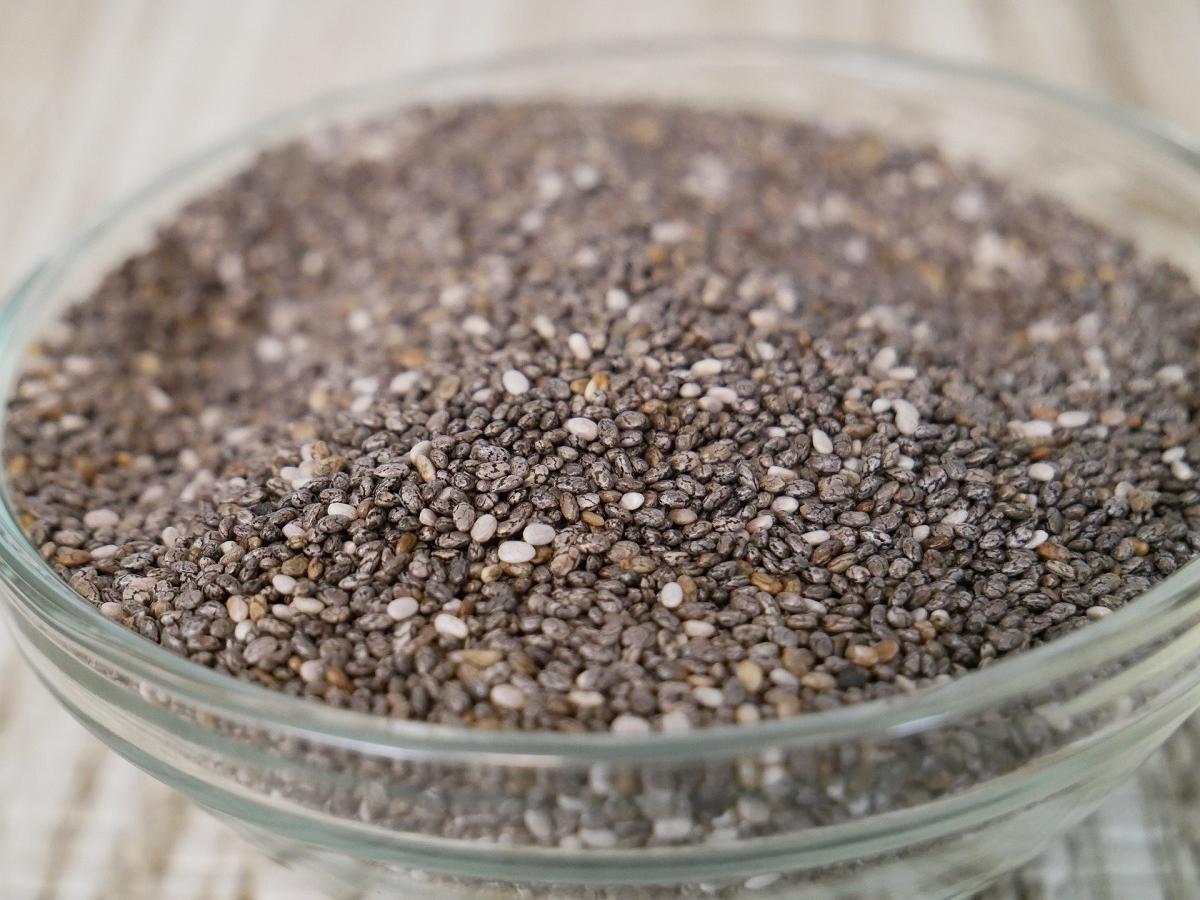
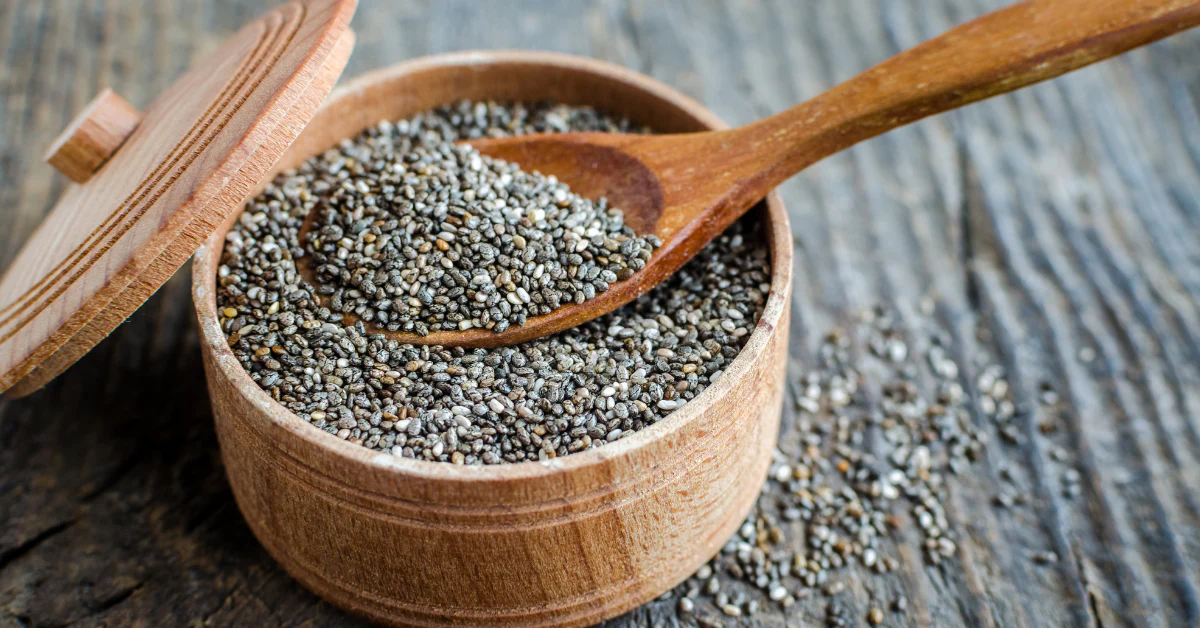
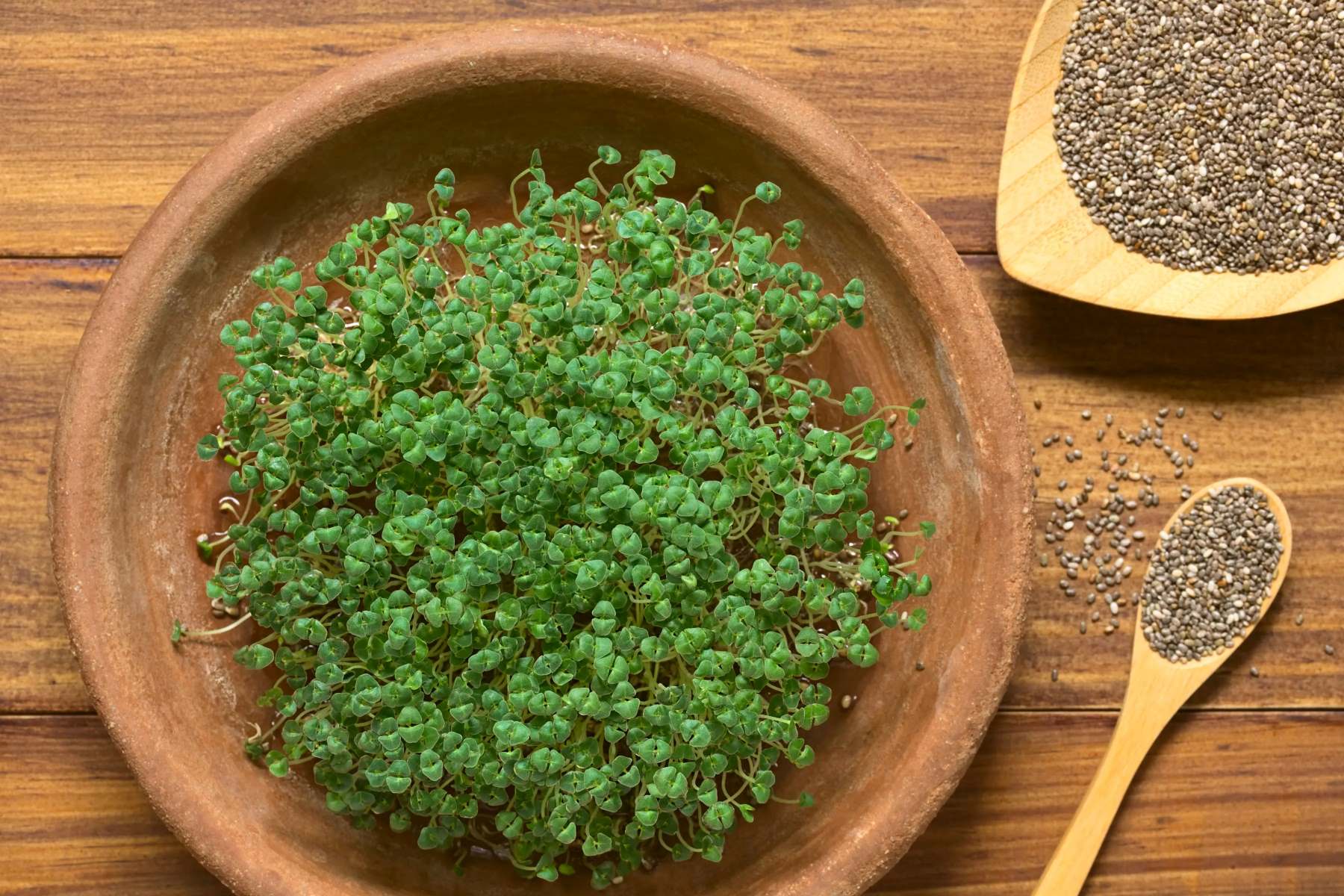

0 thoughts on “How Long Do Chia Seeds Last In The Pantry”